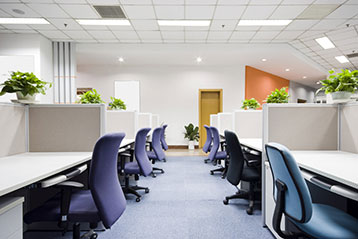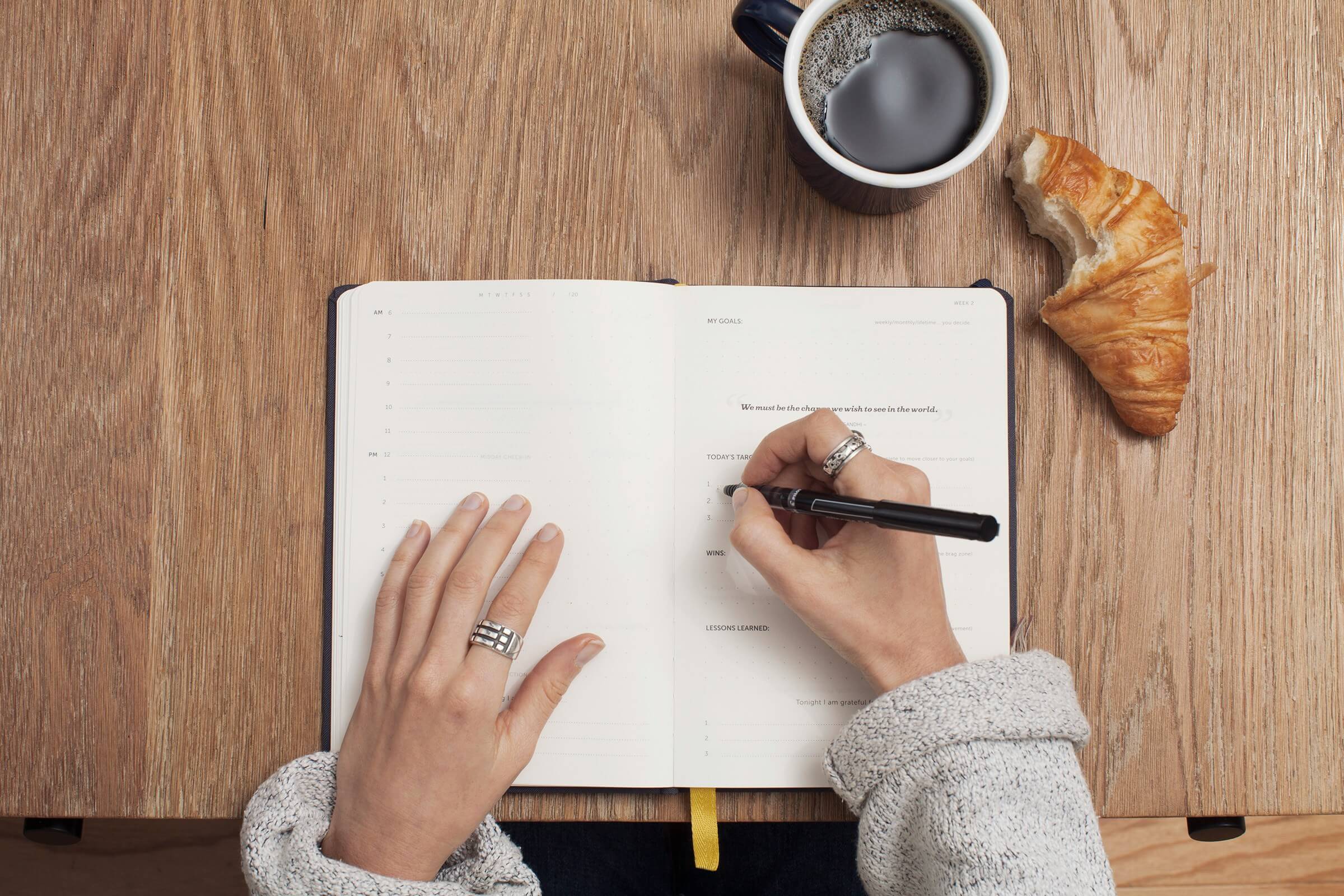Take Control of Your Cleaning Operations with Our Commercial Cleaning Audit Checklist
Are you struggling to maintain a clean, well-organized, and safe environment in your commercial building? Whether you’re a cleaning supervisor, facilities manager, or business owner, keeping your building spotless and well-maintained is crucial for ensuring productivity, safety, and comfort for everyone. Yet, many businesses overlook the importance of a structured cleaning audit, leading to missed cleaning tasks, inefficiencies, and non-compliance with safety standards.
An organized, thorough cleaning audit doesn’t just make your job easier—it helps ensure that your facility is safe, compliant, and running smoothly.
To help you streamline your cleaning operations, we’ve created a Comprehensive Cleaning Audit Checklist—a free tool that covers everything from daily tasks to specialized deep cleaning procedures. This checklist is designed to help you maintain cleanliness across every area of your building, ensuring safety and operational efficiency.
See our ultimate commercial cleaning training manual and effective commercial cleaning employee training plan

5. Break Rooms & Kitchens (Daily & Weekly)
Daily Tasks
- Counters & Tables: Clean and disinfect all surfaces, tables, and chairs.
- Appliances: Wipe down microwaves, refrigerators (handle and exterior), coffee machines, and water dispensers.
- Trash Disposal: Empty, clean, and disinfect trash cans.
- Floors: Sweep and mop floors with appropriate cleaning agents.
- Sinks: Clean and disinfect sinks, faucets, and surrounding areas.
Weekly Tasks
- Fridge Clean-out: Discard expired or old food and wipe down interior surfaces.
- Ovens & Microwaves: Deep clean the interior and exterior of microwaves and ovens.
- Cabinet Cleaning: Wipe down exterior surfaces of cabinets and handles.
Why You Need This Comprehensive Cleaning Audit Checklist
A neglected cleaning process can create a host of problems:
- Missed cleaning tasks that lead to dirty, unsanitary environments
- Unchecked equipment issues that impact productivity
- Safety hazards caused by improperly maintained cleaning tools and supplies
- Time wasted on inefficient cleaning routines
Our Comprehensive Cleaning Audit Checklist helps you methodically assess your building’s cleaning needs. By following this structured checklist, you’ll improve operational efficiency, save on costs, and stay compliant with safety regulations.
Here’s how an Audit Helps:
- Maximize Organization: Keep your cleaning schedules and tasks well-organized, ensuring nothing is missed.
- Ensure Safety & Compliance: Properly manage your cleaning tools, supplies, and chemicals to meet industry regulations.
- Avoid Running Out of Supplies: Regularly check your inventory and ensure cleaning supplies are always fully stocked.
- Inspect Equipment: Regularly check that vacuums, mops, and other equipment are functioning properly to avoid disruptions.
- Streamline Audits: Make your cleaning audits easy and efficient with a clear checklist covering every aspect of your building’s needs.
What’s Inside the Checklist?
Here’s a preview of the key sections in our Comprehensive Cleaning Audit Checklist:
1. Preliminary Tasks (Daily)
- Access Control: Ensure all areas are accessible with keys or codes.
- Supply Inventory: Check cleaning supplies and restock as necessary.
- Equipment Inspection: Verify that all cleaning equipment is in good working order.
- Safety Equipment: Ensure safety gear (gloves, masks, etc.) is available.
2. Restrooms (Daily)
- Stock Supplies: Ensure toilet paper, soap, paper towels, and hand sanitizers are available.
- Surfaces: Clean and disinfect countertops, sinks, and toilets.
- Toilets & Urinals: Scrub and disinfect inside and outside.
- Trash Disposal: Empty trash bins, disinfect, and replace liners.
- Floors: Sweep and mop floors with disinfectant.
3. Office Areas (Daily & Weekly)
- Daily Tasks: Dust desks, sanitize high-touch areas, empty trash, and clean floors.
- Weekly Tasks: Clean windows, maintain furniture, and vacuum carpets.
4. Conference Rooms (Daily & Weekly)
- Daily Tasks: Dust and disinfect tables, chairs, and electronic equipment.
- Weekly Tasks: Clean floors and windows, and ensure electronic equipment is functioning properly.
5. Break Rooms & Kitchens (Daily & Weekly)
- Daily Tasks: Clean and disinfect counters, tables, and appliances.
- Weekly Tasks: Clean out the fridge, deep clean microwaves, and wipe down cabinets.
6. Entrances, Lobbies, and Hallways (Daily & Weekly)
- Daily Tasks: Sweep, mop, vacuum floors, clean glass doors, and sanitize furniture.
- Weekly Tasks: Buff or polish hard floors and clean both sides of windows.
7. Elevators (Daily & Weekly)
- Daily Tasks: Clean and disinfect control panels and buttons, polish mirrors, and mop floors.
- Weekly Tasks: Clean elevator doors and tracks.
8. Stairwells (Weekly & Periodically)
- Weekly Tasks: Sweep, mop stairs, clean handrails, and wipe walls.
- Periodic Tasks: Power wash or scrub stair surfaces.
9. Exterior & Grounds (Daily & Weekly)
- Daily Tasks: Collect litter, sweep entrances, and clear pathways.
- Weekly Tasks: Power wash sidewalks and inspect landscaping.
10. Common Areas & Lounges (Daily & Weekly)
- Daily Tasks: Dust surfaces and disinfect high-touch areas.
- Weekly Tasks: Vacuum furniture, clean windows, and rearrange furniture.
11. Safety Checks & Maintenance
- Fire Safety: Inspect fire extinguishers and check emergency exits.
- First Aid Kits: Verify that first aid kits are stocked.
- Lighting: Inspect and replace any burnt-out light bulbs.
12. Special Deep Cleaning Tasks (Monthly/Quarterly)
- Carpet Cleaning: Schedule carpet extraction or encapsulation cleaning.
- Floor Buffing: Buff and polish hard floors.
- Air Duct Cleaning: Schedule HVAC cleaning and replace filters.
- Window Washing: Wash exterior windows.

13. Cleaning Closet Audit (Weekly/Bi-Monthly)
A. Organization & Cleanliness
- General Cleanliness: Ensure the cleaning closet is tidy and free of spills, dust, or debris.
- Supplies Properly Stored: Cleaning supplies and chemicals are neatly organized on shelves or in designated storage areas.
- Equipment Storage: Mops, brooms, vacuum cleaners, and other equipment are stored correctly, either hung up or placed neatly.
- Chemical Segregation: Ensure that chemicals are stored separately according to their type (acids, alkalis, etc.) to prevent dangerous reactions.
- Labeling: All bottles, containers, and chemicals are clearly labeled, including usage instructions and hazard warnings.
- Waste Disposal: Trash and recycling bins are present and emptied regularly. Ensure no hazardous waste is improperly stored.
B. Safety & Compliance
- Material Safety Data Sheets (MSDS): Verify that all MSDS for chemicals stored in the closet are easily accessible and up-to-date.
- Chemical Safety: Ensure that chemicals are stored at eye level or lower to avoid spillage, and flammable chemicals are stored away from heat sources.
- Ventilation: The cleaning closet has proper ventilation to avoid buildup of fumes, particularly when chemicals are used or stored.
- Protective Gear Availability: PPE, including gloves, goggles, masks, and aprons, is available and stored properly.
- Emergency Equipment: A fire extinguisher is available, fully charged, and inspected. Eyewash stations, if required, are functional and accessible.
C. Inventory Management
- Supply Levels: Confirm that all necessary cleaning supplies are stocked adequately for the coming week or month.
- Reorder Thresholds: Ensure there is a system in place to reorder supplies before they run out, and identify any items that need to be restocked immediately.
- Expirations: Check expiration dates on all cleaning products and discard or replace any expired items.
- Battery-Operated Equipment: Inspect battery-operated cleaning equipment (e.g., vacuums, floor scrubbers) and ensure replacement batteries are available.
D. Equipment Inspection & Maintenance
- Vacuum Cleaners: Inspect vacuum cleaners for wear and tear, replace bags or filters as necessary, and ensure they are functioning properly.
- Mops & Brooms: Check that mop heads, broom bristles, and microfiber cloths are clean, in good condition, and replaced regularly.
- Floor Cleaning Machines: Inspect floor buffers, polishers, or scrubbers for functionality. Ensure cords are intact and machines are serviced regularly.
- Spare Parts: Verify that spare parts (e.g., mop heads, vacuum filters) are stocked and easily accessible for quick replacements.
E. Signage & Documentation
- Safety Signage: Ensure proper safety signage is displayed prominently in the closet.
- Cleaning Schedule: A visible, up-to-date cleaning schedule is posted, including a log for restocking and maintenance checks.
- Instructional Guides: Make sure that instructional posters or guides for using equipment or handling chemicals are displayed prominently.
- First Aid Instructions: Ensure that first aid procedures related to chemical exposure are clearly posted.
F. Security & Access Control
- Access Control: Ensure that the cleaning closet is secured and accessible only to authorized personnel.
- Key Storage: Keys to the cleaning closet or sensitive areas should be properly stored in a secure location.
G. Waste Management
- Disposal of Hazardous Materials: Ensure that any hazardous waste is disposed of according to local regulations.
- Used Cleaning Supplies: Ensure used cleaning rags, mop heads, and brushes are properly cleaned or disposed of.
- Sharps Disposal: If applicable, check that sharps containers are properly labeled, stored, and not overfilled.
How to Use the Checklist
Using our Comprehensive Cleaning Audit Checklist is simple:
- Download the checklist and either print it out or keep it handy on your mobile device or tablet.
- Audit Regularly: Use the checklist for daily, weekly, and periodic cleaning audits across your building to ensure that nothing is missed.
- Track Performance: Monitor progress using the checklist, and address any recurring issues before they become bigger problems.
- Stay Organized: Use the checklist to keep your cleaning supplies, tools, and schedules organized, ensuring efficiency and productivity.
Conclusion: Make Your Cleaning Audit Process Work for You
Don’t let a neglected cleaning routine slow down your operations. With our free Cleaning Audit Checklist, you’ll ensure that your commercial building is always clean, safe, and compliant. The best part? The checklist is easy to implement and can be customized to meet your specific needs.
Download your free copy today and start streamlining your cleaning operations!

